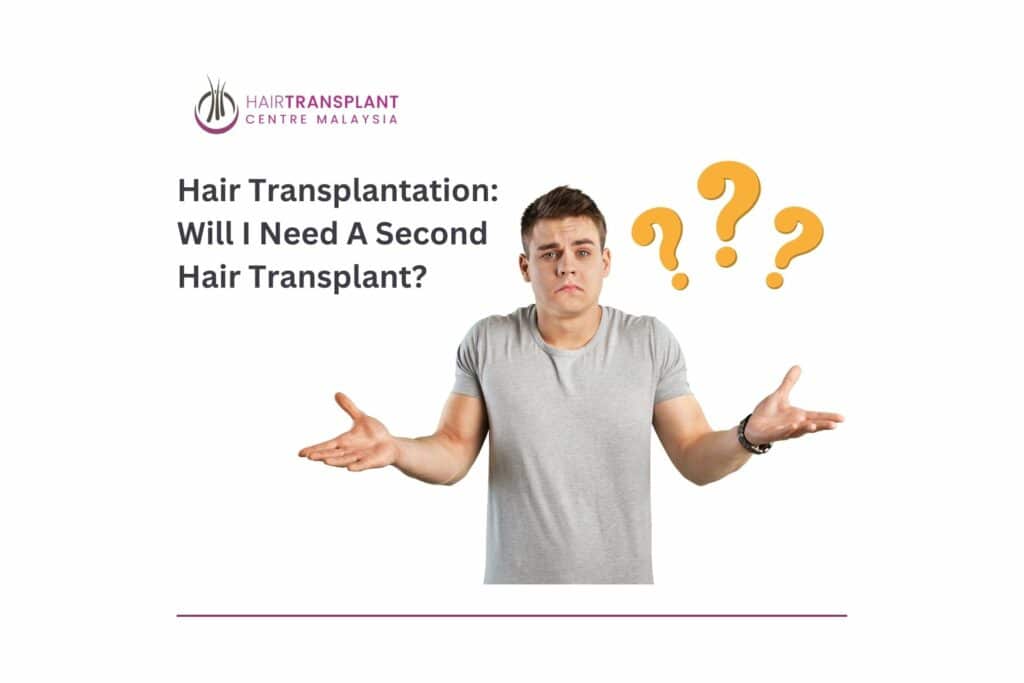Hair Transplantation: Will I Need A Second Hair Transplant?
What is Hair Transplantation?
Making the decision to get a FUE hair transplant can be a difficult one for anybody suffering from hair loss. Hair transplantation is still a surgical treatment, despite the fact that it is a safe and frequent surgery with a quick recovery period and outstanding outcomes.
Hair loss is a normal, if unwelcome, occurrence, and when individuals are looking into treatments to assist them manage it, they want confidence that the therapy will persist and help them maintain their desired appearance.
While FUE hair transplants are a long-term therapy for hair loss, owing to the nature of hair loss and the diverse regions where people lose hair at different stages in their life, some patients may require an additional or second hair transplant in the future.
In this post, we’ll look at why some patients may require further hair transplantation.
Let us call you

Is there a chance I’ll require a second hair transplant?
Because hair loss is the most common reason for hair transplantation, many patients are naturally afraid that their hair loss may return. A qualified surgeon will be able to advise you on the ideal time to get a hair transplant, taking into account the rate of hair loss and the distribution of hair loss over the scalp. There are some situations when a hair transplant is more beneficial than others, which your surgeon will explain with you during your appointment.
Your care team will be able to offer non-surgical hair loss therapies like Minoxidil and Finasteride after your initial FUE transplant to help prevent additional hair loss and maintain a more consistent appearance.
Second hair transplants are occasionally utilised to improve volume and density to an existing transplant or to address hair loss in regions other than the original damaged location.
Second hair transplantation
For certain individuals, a second hair transplant may be a realistic choice, especially if they are still losing hair following the initial transplant. However, it should be at least 3-10 years before a second one is required. A second one may be required sooner in severe circumstances. If this is the case, we recommend waiting at least 12 months between treatments to allow the first hair transplant results to manifest.
Will the second transplant leave behind scars?
Scarring is a typical adverse effect of all hair transplant operations. However, because FUE is the least intrusive method, it leaves relatively minor hair transplant scars. This is due to the fact that hair follicles are meticulously plucked from the donor area before being transplanted to the target area.
Patients endure minimal apparent scarring after a week or so, and the results speak for themselves. Scarring on the scalp should be minor once it has totally healed.
It is not uncommon for individuals to have a second FUE hair transplant operation performed. Hair transplants can be repeated up to 6-7 times on the same patient (though this is not usual). The second surgery will be nearly identical to the first, and will result in scarring. Your surgeon should account for this in his or her planning, and scarring should be minimal once you’ve grown your hair to a particular length.
The outcome of the second hair transplant
FUE hair transplants are one of the most effective, long-lasting, and natural-looking hair treatments available today. When conducted appropriately on the right hair transplant candidate, the success percentages are quite high. A patient will only require a second hair transplant on rare instances, and this is generally to rectify an initial transplant or restore any hair that has continued to recede after the first.
Patients should not go above the two hair transplant barrier, according to a hair specialist.
After 12 months, a patient will begin to notice long-term benefits, with the first two weeks being critical for the follicles to fully take root, assuming you followed the proper hair transplant aftercare and recovery measures.


